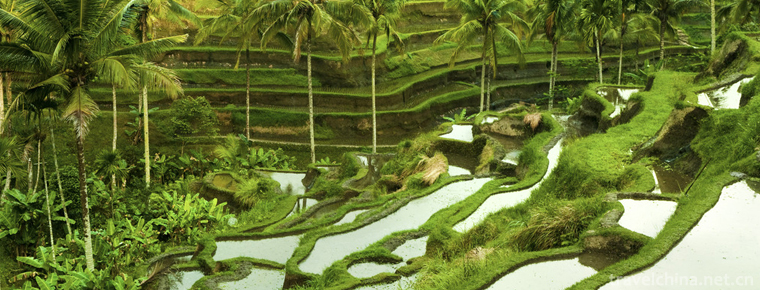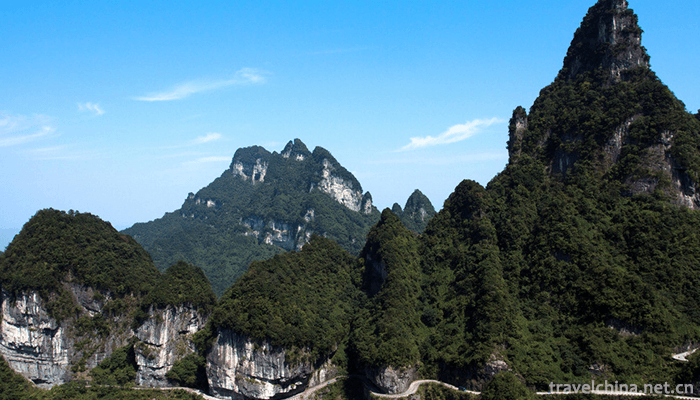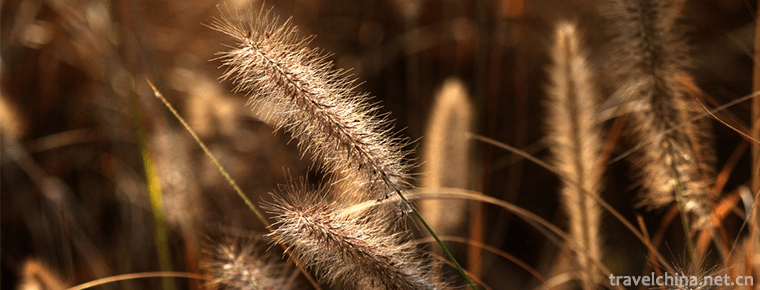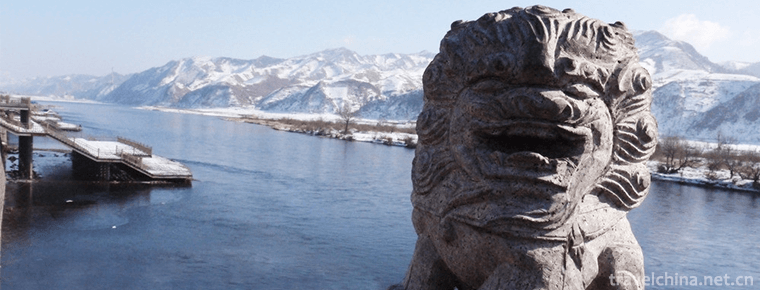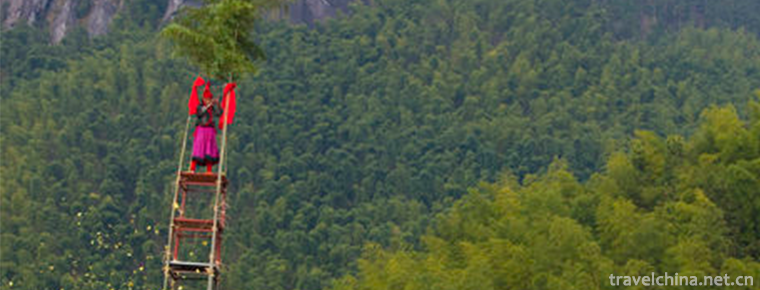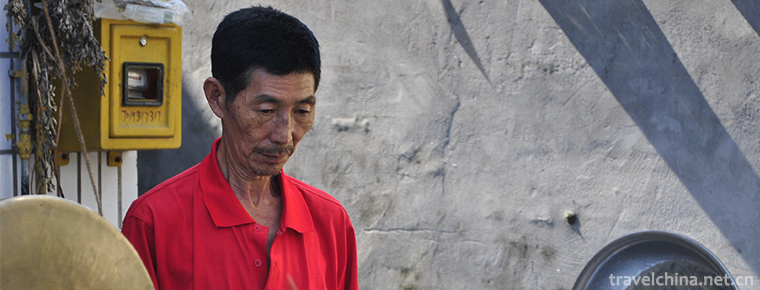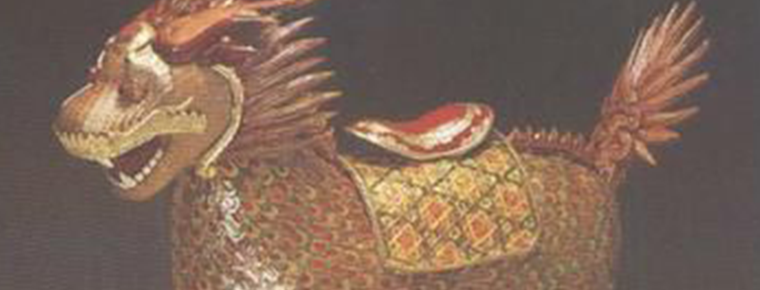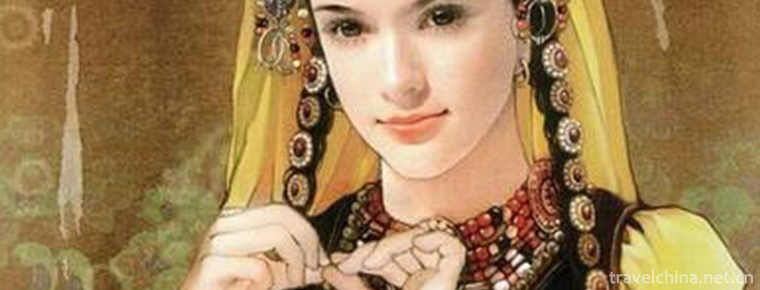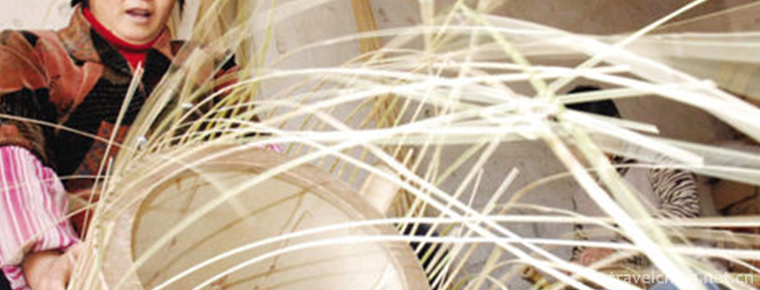Qinghai Provincial Museum
Qinghai Provincial Museum
Qinghai Museum is located in the east of Xining Square in the west of Xining City. It is the first large-scale comprehensive museum with modern functions in Qinghai. It belongs to Qinghai Culture and Press and Publishing Office. It is a public welfare institution at the provincial level. It covers an area of 17,000 square meters and has a construction area of 20,800 square meters.
The Qinghai Museum was first established in 1957 and officially opened to the outside world in September 1986. On May 1, 2001, the new museum of Qinghai Museum was built and opened to the public free of charge on April 1, 2008. In January, 2017, it was awarded the first-class Museum by China Museum Association.
As of December 2017, the pavilion has 10 main and side exhibition halls with an area of 9146 square meters. There are 7 Cultural Relics warehouses with an area of 2593 square meters. There are 14932 cultural relics in the collection, of which 2193 are precious. Coloured pottery and national religions in the new era are the most distinctive cultural relics in the collection, involving religion, folklore, politics, economy, military affairs, production and life, and many other fields. It undertakes many tasks, such as exhibition, cultural relics protection, scientific research, personnel training, social service function, external education, publicity and exchange.
Development history
In 1957, the Qinghai Museum Preparatory Office was established for the first time, and was abolished in 1962.
On August 29, 1978, the Preparatory Office of Qinghai Museum was re-established.
On September 26, 1986, the Qinghai Museum officially built and opened to the outside world. The old site is located at No. 41 Minxiang, Chengdong District of Xining City. The former private residence of Ma Bufang, a local warlord in Qinghai, is "Xinlu".
On May 1, 2001, the new museum of Qinghai Provincial Museum was built on the east side of Xining Square in Xining City and opened to the outside world.
In September 2005, Qinghai Museum was upgraded to national AAAA level tourist attraction.
In April 2008, it was open to the public free of charge.
In July 2013, the Qinghai Museum was awarded "National Second-Class Museum".
In May 2015, Qinghai Museum became the third batch of provincial defense education demonstration bases in Qinghai Province.
In January 2017, it was promoted to the third batch of National First-Class Museums.
Venue composition
On both sides of the first floor are mainly office areas, and there is a photo exhibition of honest and clean government culture in the center. In the center of the second floor are the preface hall, the monitoring room, the island Memorial Hall and the VIP room. On both sides of the exhibition hall, there are mainly "12th Five-Year Plan" economic and social development achievements exhibition in Qinghai Province, gold and bronze statues of Tibetan Buddhism and Tangka art exhibition.
On the third floor, the central area is the Ministry of Cultural Relics Security, the Ministry of Fire Protection and Education, and the area for gift sales and leisure. The exhibition halls on both sides are Qinghai Historical Relics Exhibition and Qinghai Intangible Cultural Heritage Exhibition.
The fourth floor is mainly a reference room, conference room and multi-function hall.
Important activities
On the afternoon of September 22, 2014, Comrade Zhang Jianmin, then Vice Governor of Qinghai Province, visited the museum.
On the afternoon of June 24, 2016, Song Xinchao, then deputy director of the State Administration of Cultural Relics, visited the museum.
In June 2017, Qinghai Museum held a series of activities called "Cultural and Natural Heritage Day".
In July 2017, an expert group of "Sinology and Contemporary China" came to Qinghai Museum to visit and study.
Honors
In September 1996, it was named "provincial patriotic education base" by Qinghai Provincial Party Committee and provincial government, and in October of the same year, it was named "school moral education base" by Qinghai Provincial Education Committee.
In 1997, it was appraised by the State Administration of Cultural Relics as the "National Patriotic Educational Base" of the Expo System.
In 2005, he was nominated for the top ten exhibitions of the 6th National Museum (2003 - 2004).
In January 2015, the State Administration of Cultural Relics announced the National Museum of Grade II and III in 2013, and the results of evaluation and review of Qinghai Museum were excellent.
In July 2017, he won a silver prize, two bronze prizes and four excellent prizes in the first Qinghai Cultural Creative Design Competition, ranking first in the number of prizes awarded by all participating units.
Visiting information
Traffic location
Address: Qinghai Museum is located at 58 Xiguan Street, West District of Xining City, east of Xining Square.
Traffic: Take No. 2 to get off at Hutai, No. 12, No. 18 and No. 22 to get off at the south of Xinning Square, No. 9, No. 13, No. 25, No. 31, No. 85 and No. 108 to get off at the north of Xinning Square.
Opening Hours
Summer: 9:00-16:30; Winter: 9:30-16:00, closed every Monday.
Ticket Price
Free visit.
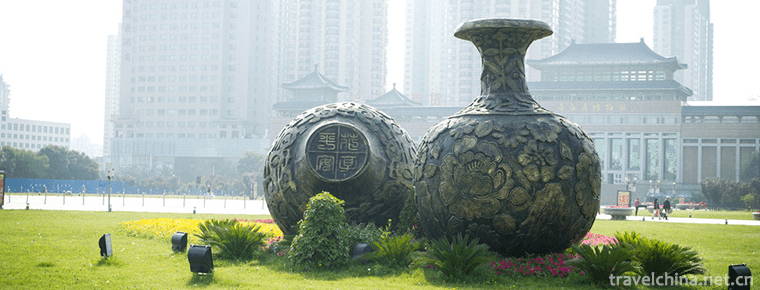
Qinghai Provincial Museum
-
The longji yao and zhuang ethnic terrace
Views: 298 Time 2018-10-12 -
Tianmenshan Mountain tourist area
Views: 172 Time 2018-12-12 -
Tongzhou Forest Park of Grand Canal
Tongzhou Forest Park of the Grand Canal is located on both sides of the North Canal of Tongzhou New Town, Beijing. It starts from Luyang Bridge on the Sixth Ring Road in the north and Wuyao Bridge in
Views: 109 Time 2019-01-07 -
the Capital Cities and Tombs of the Ancient Gaogouli Kingdom
Gaogouli is located in Ji'an City, Jilin Province. It includes domestic cities, Wandu Mountain City, 14 Royal mausoleums and 26 noble tombs. Domestic city and Wandu Mountain City
Views: 143 Time 2019-01-12 -
Turn over to the nine floor
The Ninth Floor, also known as the Ninth Floor, is a traditional folk activity popular in northeastern Fujian and southern Zhejiang. It is mostly used in rituals such
Views: 328 Time 2019-04-29 -
Liang Pings Gong and drum
Liangping Gong and drum is a kind of traditional folk instrumental music spread in Liangping District of Chongqing. In Liangping, the predecessors said that "Shu people Chao shan, gongs and drums
Views: 310 Time 2019-05-13 -
Bamboo weaving in Shengzhou
Shengzhou bamboo weaving is one of the traditional handicraft products in Shengzhou, Zhejiang Province. Shengzhou bamboo weaving technology is distributed in the bamboo producing areas of the city, in
Views: 163 Time 2019-06-14 -
Tajik costumes
Tajik costume refers to the costume with distinct ethnic characteristics of Tajik. Tajik people mainly live in the Pamir Plateau with cold climate. Their economic life is mainly animal husbandry and a
Views: 348 Time 2019-06-17 -
Bamboo weaving
The traditional bamboo weaving technology has a long history and is rich in the crystallization of the hard work of the working people of the Chinese nation. Bamboo weaving crafts are divided into fin
Views: 183 Time 2019-08-10 -
Deyang science and technology
In 2018, Deyang City won 141 provincial projects, including 108 provincial science and technology plan projects and 33 Provincial Intellectual property projects. There are 32 provincial patent implementation projects. 184 high-tech enterprises. A total of
Views: 165 Time 2020-12-14 -
Deyang cultural undertakings
As of the end of 2018, Deyang City has 7 public libraries with a total collection of 1189.8 thousand books (pieces). The city has 7 cultural centers, 127 cultural stations, 10 museums, 48 art performing groups, and 27 theaters and cinemas. By the end of the year,
Views: 371 Time 2020-12-14 -
Administrative division of Yibin
Yibin City has 10 county-level administrative divisions (Municipal District 3, county 7), 136 township level administrative divisions (street 14, town 105, township 17). It covers an area of 13271 square kilometers and has a population of 5.52 million. Yibin Municipal
Views: 339 Time 2020-12-18
